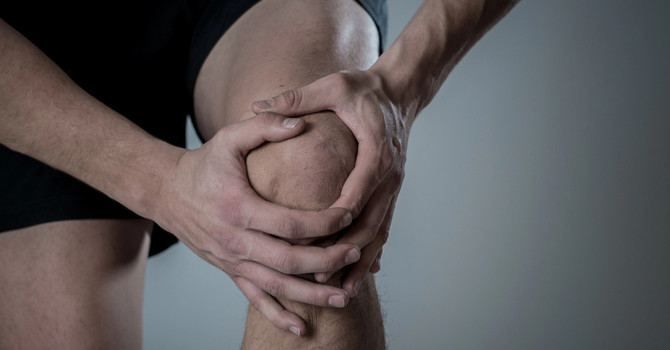
Sciatica is a pain in the butt.
Literally, sciatica is the name given to pain caused by the sciatic nerve. The pain usually travels from your low back down into your buttocks and then down the back of your leg.
Sciatica is not usually a condition all by itself, but it's actually a symptom. Those who struggle with sciatica often report numbness, tingling, or muscle weakness in their legs.
The pain from the sciatic nerve ranges from a mild ache to a sharp burning sensation. It can be like a jolt or an electric shock, or it can gradually start and intensify over time.
What actually causes sciatica?
Sciatica occurs when the sciatic nerve becomes irritated. This is a common symptom of several different medical conditions. The main conditions to cause sciatic pain include a herniated disc, spinal stenosis, or piriformis syndrome.
What is spinal stenosis?
First, let's talk about spinal stenosis.
Stenosis is a narrowing of the space within the spine, which creates less space for the nerve and allows the extra pressure to be put on the nerve.
One of the big differences between other causes of low back pain and stenosis is that stenosis patients will report an increase in symptoms when standing or walking, but significant relief when sitting.
This is completely opposite to most other causes of pain. Usually patients will have an increase in pain when sitting that's relieved when there's some easy walking.
This is a good characteristic to keep in mind when you're looking at your pain that you're dealing with.
What does it mean to have lumbar disc involvement?
Next, the condition to look at is a disc herniation or lumbar disc involvement.
The disc herniation with traveling pain or radiculopathy means that it can be successfully managed with treatment that we offer here at Lake Effect Chiropractic.
A large study showed 97% of all disc herniations with symptoms do not require surgery. This is super important to remember because consistent conservative care could lead you to resolve your problem.
What is piriformis syndrome?
Next is piriformis syndrome which is a muscle in your glute and hip muscles. This occurs when the piriformis muscle irritates the sciatic nerve, which lives beneath it, and now we have compression on that nerve and the pain travels down the leg usually.
Sitting or climbing stairs require that muscle to contract and will increase pressure around the sciatic nerve, which will bring symptoms into the leg.
How can we manage this pain?
Massage, active release technique, strengthening exercises, and adjustments to the lumbar spine and pelvis are all ways to help improve the environment in which the piriformis muscle lives.
Now I have good news for you. Sciatica is something that we can definitely help you with, and it's something that we treat almost every single day. So next time you have a pain in the butt, give us a call.
Don't live another day with that pain in your butt.
Sciatica Exercises to do At-Home
When experiencing pain from the sciatic nerve or sciatica, the last thing on your mind might be to exercise, but the right exercise can help relieve some of the pain.
In fact, lounging on the bed or on your recliner for too long may make the pain worse. It doesn't need to be strenuous exercise, but short walks and stretching exercises can help you loosen up your low back and release the pressure on the nerves causing your sciatica.
You can also do lower back exercises to relieve sciatic pain.
- Flossing
- This creates more freedom for the nerve to move.
- Lumbar extensions
- Creates load to take some pressure off of the nerves
- Deadbug
- This is a safe position that allows you to start activating core muscles to create support for the low back which is often the source of pain for sciatica.
Try these out and see if you can change your pain and if you have any questions feel free to call us.





